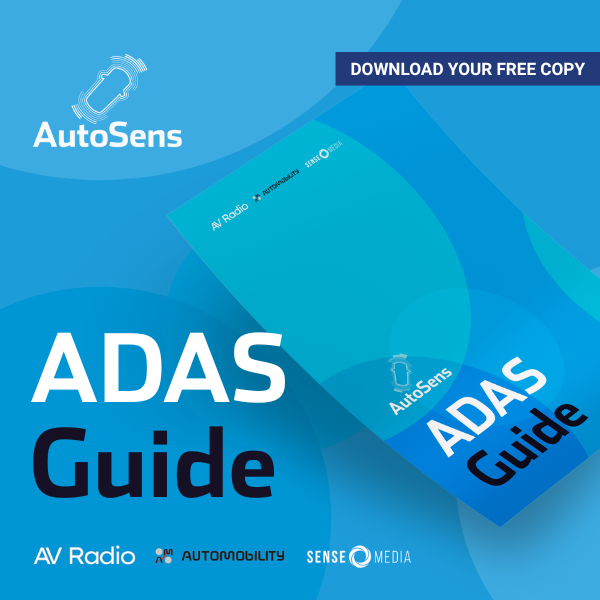A comprehensive understanding of ADAS and autonomous vehicle technologies is vital for driving innovation and addressing the industry’s evolving challenges. InCabin China 2025, taking place from 18–20 November in Hefei (near Shanghai), will convene top innovators, industry leaders, and engineers from across the supply chain to discuss critical topics in in-cabin technology.
Co-located with AutoSens China, this inaugural event will feature technical presentations, hands-on demonstrations, and networking opportunities, fostering collaboration to shape the future of automotive interiors.
This includes critical focus areas such as OTA updates, GenAi, infotainment advancements, cockpit UX, and improving safety with IMS.
While you wait for the FULL line-up to be revealed, we’ve put together a sneak peek for you. Take a look at the first core topics announced for InCabin China:
Enhancing Revenue Opportunities with Subscription and Advertising Services via OTAs
As vehicles become more connected, over-the-air (OTA) updates unlock new revenue models through personalised subscriptions and dynamic advertising. Explore strategies and technologies for creating profitable ecosystems and seamless user experiences through in-cabin content delivery and feature updates.
GenAI and the Intelligent Cockpit
Generative AI is reshaping the intelligent cockpit, enabling natural interactions, tailored recommendations, and predictive behaviours. Discover how GenAI is being embedded in next-gen HMI systems to redefine driver engagement and cabin intelligence.
Audio & Advanced Pillar-to-Pillar Infotainment Systems
From immersive audio to ultra-wide displays, pillar-to-pillar infotainment systems are transforming cabin design and digital experiences. Hear how leading developers are balancing aesthetics, functionality, and safety to deliver next-level in-cabin entertainment and acoustics.
Display & UX
Cockpit displays serve as key human-machine interfaces, but their effectiveness depends on seamless integration with intuitive UX to minimise distraction and maximise usability. This session explores emerging trends in automotive display technologies, tactile feedback, and UI design, with a focus on how seamless human-machine interaction enhances user trust and satisfaction without increasing cognitive load or distracting the driver.
Improving Safety with IMS
Interior Monitoring Systems (IMS) are becoming a mandatory layer of in-cabin safety. Explore the integration of advanced biometric sensors, machine learning algorithms for behaviour prediction, and real-time data processing to enhance occupant monitoring. Examine the technical specifications and system architectures that support compliance with evolving global safety standards and enable the safe deployment of semi- and fully automated driving systems.
Interested in exterior sensing technology?



